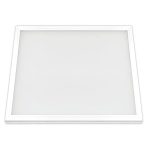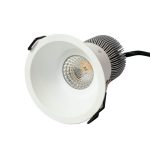LED Light Running Costs: How Much Does It Really Cost to Illuminate Your Space?
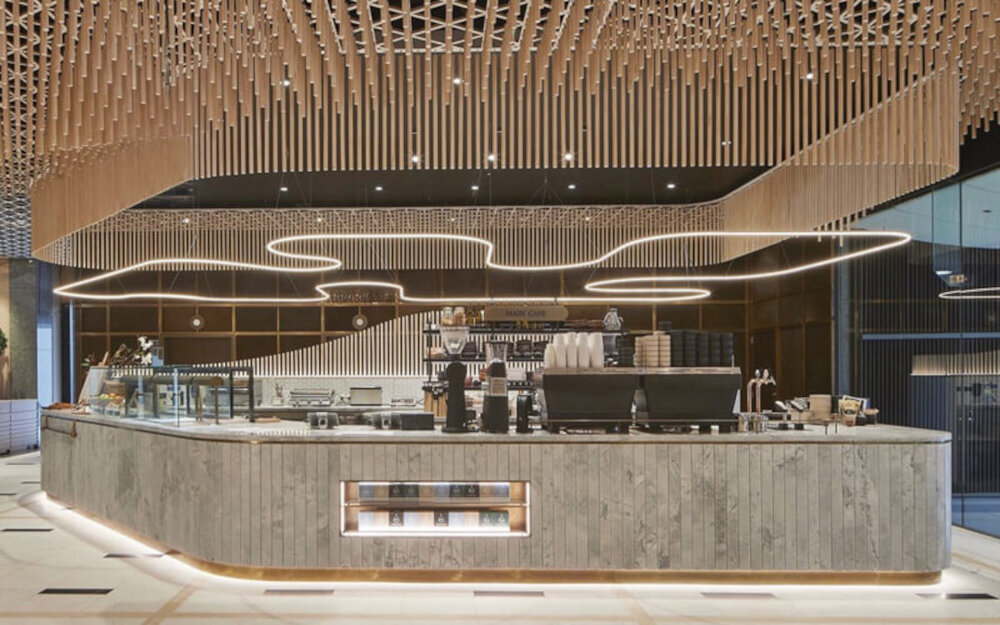
Lighting is an essential component of any space, be it residential or commercial. Apart from enhancing the aesthetic appeal, it also serves the practical purpose of illuminating the area, making it functional and comfortable. However, with the rising energy costs, it has become imperative to choose energy-efficient lighting options that can help reduce your electricity bills. One such popular choice is LED lights, which are known for their longevity, durability, and energy efficiency. But, how much does it really cost to illuminate a space with LED lights? In this article, we will delve into the details of LED light running costs, helping you make an informed decision for your lighting needs. LED lights have become increasingly popular in recent years, and for good reason. These lights consume significantly less energy than traditional incandescent bulbs and are much more efficient. LED lights use up to 80% less energy than incandescent bulbs, which means they can help you save a significant amount on your energy bills, making them a cost-effective option in the long run. Furthermore, LED lights have a much longer lifespan than traditional bulbs, which means less frequent replacements and reduced maintenance costs. In this article, we will explore the factors that influence LED light running costs, such as wattage, usage, and electricity rates, to help you get a better understanding of the costs associated with illuminating your space with LED lights.
LED lights or Light Emitting Diodes are a highly energy-efficient and cost-effective lighting solution. LED lights have a longer lifespan and consume less energy when compared to traditional incandescent bulbs. The LED lights produce light by passing an electrical current through a semiconductor material which emits light energy. The benefits of LED lights include their energy efficiency, durability, long lifespan, instant light, and low heat emission. LED lights are also eco-friendly and do not contain any harmful materials like mercury. With LED lights, you can enjoy bright and efficient lighting while saving money on your energy bills.
Knowing the running costs of any electrical appliance is crucial for managing one’s budget and ensuring that they are not overspending on their electric bills. This is especially true for LED lights, which are known for their energy efficiency and cost-effectiveness. By understanding the running costs of LED lights, individuals can make informed decisions about their lighting choices, including how many lights to use and how frequently to use them. Additionally, having a clear understanding of LED light running costs can help individuals identify any inefficiencies in their lighting setup and make adjustments for maximum energy savings. Ultimately, knowing the running costs of LED lights is essential for maintaining a sustainable and cost-effective lighting system.
Understanding LED Light Bulbs
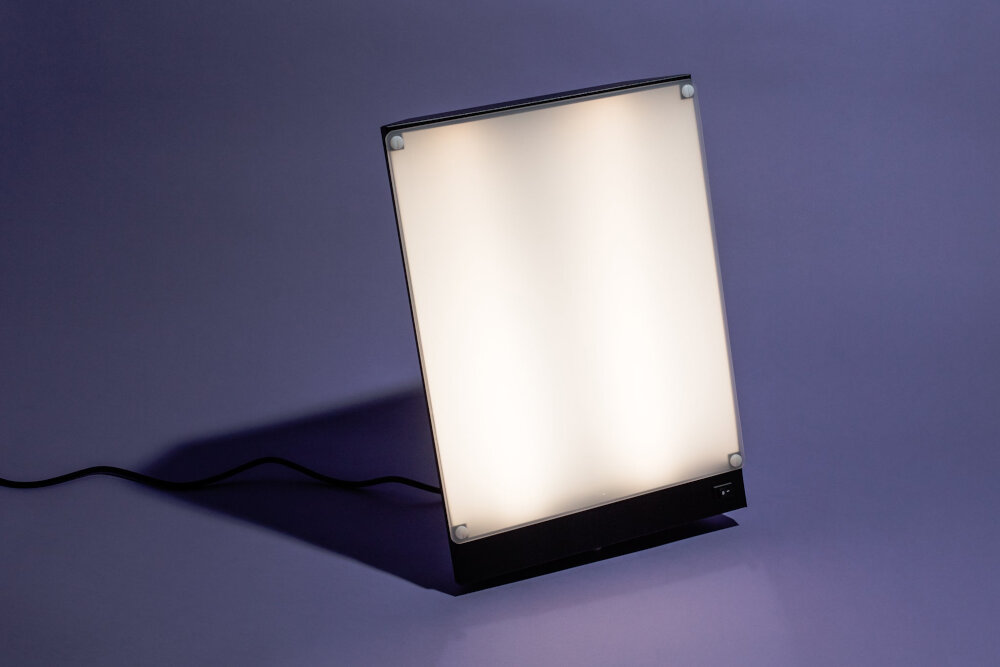
LED light bulbs have been gaining popularity due to their energy efficiency and long lifespan. Unlike traditional incandescent bulbs, LED bulbs do not use filaments to produce light. Instead, they use a semiconductor material that converts electricity into light. This makes LED bulbs much more energy-efficient, as they use less power to produce the same amount of light. In addition, LED bulbs can last up to 25 times longer than traditional bulbs, reducing the need for frequent bulb replacements. Understanding the different types of LED bulbs is essential when choosing the right bulb for your home or office. LED bulbs come in various shapes and sizes, including A-shape, globe, and candle-shaped bulbs. They also come in different color temperatures, ranging from warm white to cool white. Choosing the right color temperature can affect the mood and ambiance of a room. For example, warm white bulbs are often used in living spaces to create a cozy and inviting atmosphere, while cool white bulbs are more suitable for task lighting in areas such as kitchens and bathrooms. By understanding the different types of LED bulbs available, you can make an informed decision on which bulb is best for your needs and budget.
LED, or Light Emitting Diode, technology is a type of lighting that has gained immense popularity in recent years due to its energy efficiency and long-lasting nature. Unlike traditional bulbs, which use a filament to emit light, LEDs use a semiconductor material to produce light when an electrical current is passed through it. This method of lighting is far more efficient than traditional bulbs, as it converts a higher percentage of energy into light while producing less heat. Additionally, LED bulbs have a longer lifespan than traditional bulbs, which means they need to be replaced less frequently, reducing maintenance costs. Overall, LED technology is a superior lighting option that can save energy, money, and maintenance time in the long run.
When it comes to energy usage and efficiency, LED lights are the clear winner. LED lights use significantly less energy than traditional incandescent bulbs, which means they are more efficient and cost-effective in the long run. In fact, LED lights use up to 80% less energy than incandescent bulbs, which translates into lower electricity bills and a reduced carbon footprint. Additionally, LED lights have a longer lifespan and require less maintenance, making them a more sustainable and eco-friendly lighting solution. Overall, making the switch to LED lights is a smart investment that can save you money and benefit the environment.
When it comes to LED bulbs, one of the most significant advantages is their extended lifespan. Unlike traditional incandescent bulbs that may last only a few months, LED bulbs can last up to 25,000 hours or more, which means they can last for years without needing to be replaced. This extended lifespan not only saves you money on replacements but also reduces the environmental impact of lighting. Additionally, LED bulbs are designed to maintain their brightness over time, so you won’t have to worry about them dimming as they age. Overall, the long lifespan of LED bulbs makes them an excellent investment for anyone looking to save money and reduce their environmental impact.
Calculating LED Light Costs

Calculating LED light costs is an essential step in determining the true cost of illuminating your space. LED lights are more energy-efficient than traditional incandescent bulbs, which means they consume less electricity and last longer. However, LED lights typically cost more upfront than traditional bulbs, which can make it difficult to determine the actual cost savings. To calculate LED light costs, you need to consider the wattage of the bulbs, the hours of use, and the cost of electricity in your area. To calculate the wattage of your LED bulbs, simply multiply the number of bulbs by the wattage rating of each bulb. For example, if you have 10 LED bulbs that are rated at 10 watts each, your total wattage would be 100 watts. Next, multiply the total wattage by the number of hours the bulbs will be in use each day. For example, if you plan to use the bulbs for eight hours per day, your total wattage-hours would be 800 watts-hours. Finally, multiply the total wattage-hours by the cost of electricity in your area to determine the daily cost of running your LED lights. By following these steps, you can get an accurate estimate of the true cost of illuminating your space with LED lights.
The cost of LED lights is influenced by several factors. Initially, the cost of raw materials, such as diodes, phosphors, and electrical components, plays a crucial role in determining the final price of LED lights. Additionally, the technology used in manufacturing LED lights, such as the number of diodes per bulb, also affects the cost. The design of the LED light, including its shape, size, and color, can also impact the price. Efficiency is another factor that affects the cost of LED lights, with more efficient bulbs costing more. Finally, market demand and competition can drive prices up or down. Understanding these factors can help consumers make informed decisions when selecting LED lights for their space.
Wattage and lumens are two important terms to consider when choosing LED lighting for your space. Wattage refers to the amount of power consumed by the light bulb, while lumens measure the brightness of the bulb. In the past, consumers would typically look at the wattage of a light bulb to determine its brightness, but with LED technology, it’s important to look at the lumens instead. A higher number of lumens means a brighter light, whereas a lower wattage LED can produce the same amount of brightness as a higher wattage incandescent bulb. Understanding these terms can help you choose the right LED lighting for your needs while also saving money on your energy bill.
Calculating power usage and cost per hour is a crucial aspect to consider when it comes to LED lighting. The power usage of an LED light is determined by the wattage it consumes. To calculate the cost per hour, you need to multiply the wattage by the cost per kilowatt-hour (kWh). The cost per kWh varies depending on your location and electricity provider. However, LED lights are energy-efficient, and they consume less power than traditional incandescent bulbs. This means that they can save you a significant amount of money on your electricity bill. Additionally, LED lights have a longer lifespan, which translates to lower maintenance costs in the long run. Therefore, it is important to consider the power usage and cost per hour when choosing LED lights for your space.
Comparing LED to Traditional Lighting
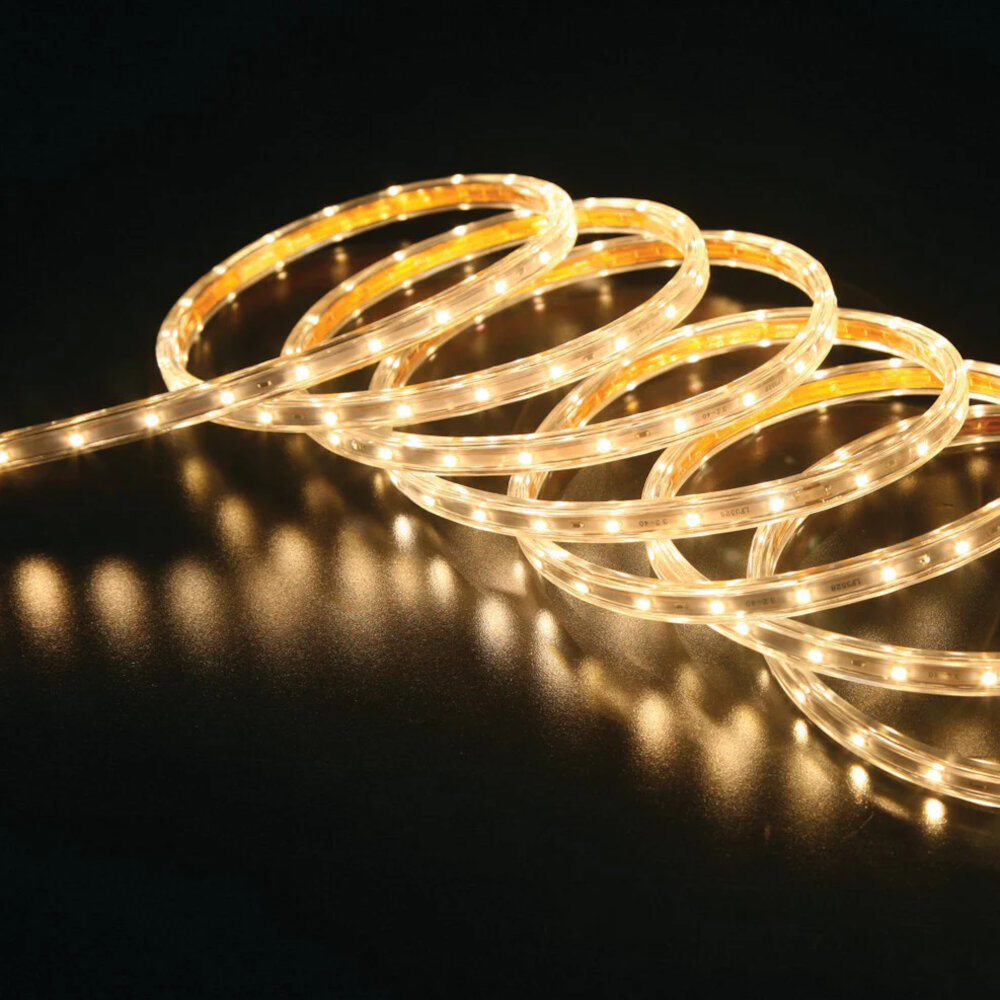
When it comes to lighting, LED technology has been a game-changer. LED lights offer many advantages over traditional lighting options such as incandescent bulbs and fluorescent tubes. One major advantage is energy efficiency. LED lights use significantly less energy than traditional lighting, which translates into cost savings on electricity bills. In addition, LED lights last much longer than traditional lighting, which also reduces maintenance costs. LED lights are also more environmentally friendly than traditional lighting options as they do not contain hazardous materials like mercury. Another advantage of LED lighting is that it is highly customizable. LED lights come in a range of colors and temperatures, making it easier to create the perfect ambiance for any space. They also offer better directional control, meaning that they can be focused on specific areas or objects for greater effect. LED lights are also more resilient than traditional lighting, as they are less prone to damage from vibrations or impacts. Overall, LED lighting is a more cost-effective, versatile, and environmentally friendly option than traditional lighting.
When it comes to lighting costs, LED lighting offers significant advantages over traditional lighting options. While the initial cost of purchasing LED lights may be higher, the long-term savings in energy consumption and maintenance costs make them a more cost-effective option. LED lights are highly efficient, lasting up to 25 times longer than traditional bulbs, and using up to 80% less energy. Additionally, LED lights require less maintenance as they don’t require frequent bulb replacements, which can add up in costs over time. In short, while LED lighting may have a higher upfront cost, the long-term savings make them a more cost-effective solution for illuminating your space.
Energy-efficient alternatives refer to the various options that can be used to reduce the amount of energy consumed while still providing adequate illumination. One of the most popular alternatives is the LED light, which is known for its exceptional energy efficiency and longevity. Compared to traditional lighting options, LED bulbs consume significantly less energy, resulting in lower electricity bills and reduced carbon footprint. Additionally, LED lights have a longer lifespan, which means less frequent replacements and maintenance costs. By switching to energy-efficient alternatives like LED lights, individuals and businesses can save money and contribute to a more sustainable future.
Tips for Reducing LED Light Costs
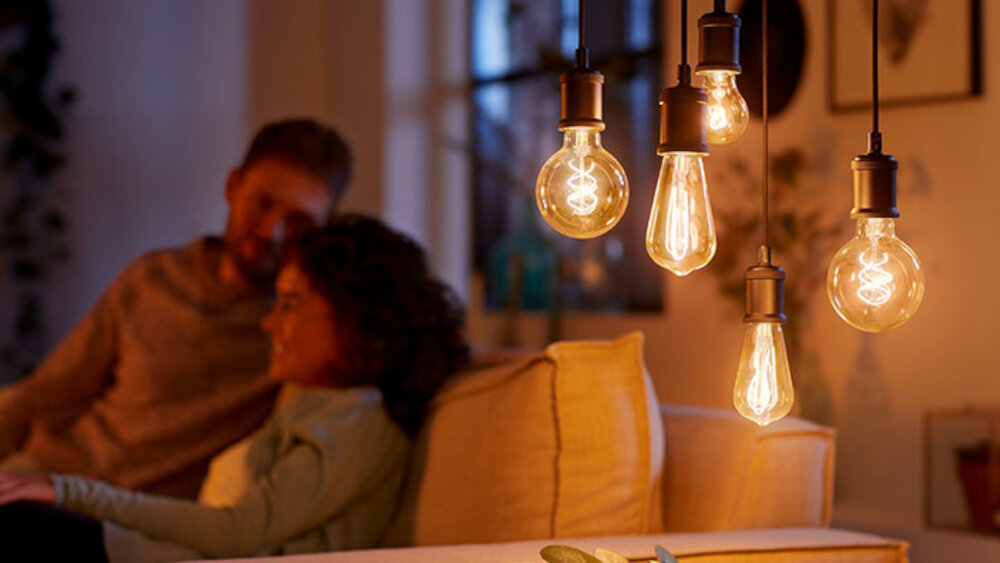
Light-emitting diode (LED) lights are a popular choice for homeowners and businesses due to their energy efficiency and durability. However, the initial cost of purchasing LED lights can be higher than traditional incandescent bulbs. To offset this cost, there are several tips that can help reduce LED light costs over time. One of the most effective ways to reduce costs is to choose LED lights with a lower wattage. The lower the wattage, the less energy the light uses, resulting in a lower electricity bill. Additionally, installing motion sensors or timers can help reduce energy waste by automatically turning off lights when they are not needed. Another way to save on LED light costs is to properly maintain the lights. Dust and debris can accumulate on the light fixtures, causing them to emit less light and use more energy to compensate. Regularly cleaning the fixtures can help maintain their brightness and reduce energy costs. Additionally, replacing any damaged or malfunctioning bulbs promptly can help prevent unnecessary energy consumption. By implementing these tips, homeowners and businesses can significantly reduce their LED light costs while still enjoying the benefits of energy-efficient lighting.
Energy-saving practices are essential to reduce the overall energy consumption and carbon footprint of a building. One such practice is the use of LED lights, which consume less energy than traditional light bulbs and have a longer lifespan. By replacing incandescent bulbs with LED bulbs, the energy cost of lighting a space can be significantly reduced. Additionally, turning off lights when not in use and relying on natural light during the day can further reduce energy consumption. Adopting energy-saving practices not only helps to save money on utility bills but also benefits the environment by reducing greenhouse gas emissions.
When selecting LED light bulbs, it’s important to consider a few factors to ensure that you choose the right ones for your needs. Firstly, consider the color temperature of the bulbs, as this can greatly affect the mood and atmosphere of your space. Cooler temperatures are ideal for workspaces and kitchens, while warmer temperatures are better suited for bedrooms and living rooms. Secondly, look at the lumens rating of the bulbs, which indicates how bright they are. The higher the lumens, the brighter the light. Finally, consider the wattage of the bulbs, as this will determine how much energy they consume. Opt for LED bulbs with a lower wattage to save on energy costs over time. By taking these factors into account, you can choose LED light bulbs that will not only illuminate your space effectively but also save you money on your energy bills.
Using LED bulbs is a cost-effective and energy-saving way to light up your space. To ensure the longevity and efficiency of your LED bulbs, it’s important to take proper care of them. Firstly, make sure you purchase high-quality LED bulbs from trusted brands. Secondly, handle them with care by avoiding dropping or hitting them. Additionally, avoid turning them on and off frequently, as this can shorten their lifespan. Lastly, keep them clean by wiping them with a dry cloth and avoiding the use of harsh chemicals. By following these simple tips, you can enjoy the benefits of LED lighting for years to come.
In summary, the cost of illuminating your space with LED lights is significantly lower than traditional lighting options. LED lights are energy-efficient, have a long lifespan, and require less maintenance. While the initial investment may be higher, the long-term savings on energy bills and replacement costs make LED lights a more cost-effective choice. Additionally, there are several factors that can impact the running costs of LED lights, such as the type of bulb, the wattage, and the number of hours used. By selecting the right LED light for your space and usage, you can maximize your cost savings while enjoying the many benefits of LED lighting.
When it comes to illuminating your home or office space, LED lights have become increasingly popular due to their energy efficiency and long-lasting performance. However, it’s important to consider the LED light costs for personal and environmental reasons. While LED lights may have a higher upfront cost compared to traditional incandescent bulbs, they use significantly less energy, resulting in lower electricity bills and long-term savings. Additionally, LED lights have a longer lifespan, reducing the need for frequent replacements, which can contribute to less waste and a smaller carbon footprint. Overall, taking the time to consider LED light costs can not only benefit your wallet but also the environment.
In conclusion, LED lights are a game-changer when it comes to energy efficiency and cost-saving strategies. Although they might have a higher upfront cost compared to traditional light bulbs, their long lifespan and reduced energy consumption make them a smart investment in the long run. Additionally, there are various ways to save even more money when using LED lights, such as choosing the right color temperature, dimming them when not needed, and using motion sensors to automatically turn them off when no one is in the room. By implementing these strategies and taking advantage of the benefits of LED lights, you can reduce your energy bills while also contributing to a more sustainable future.
Conclusion
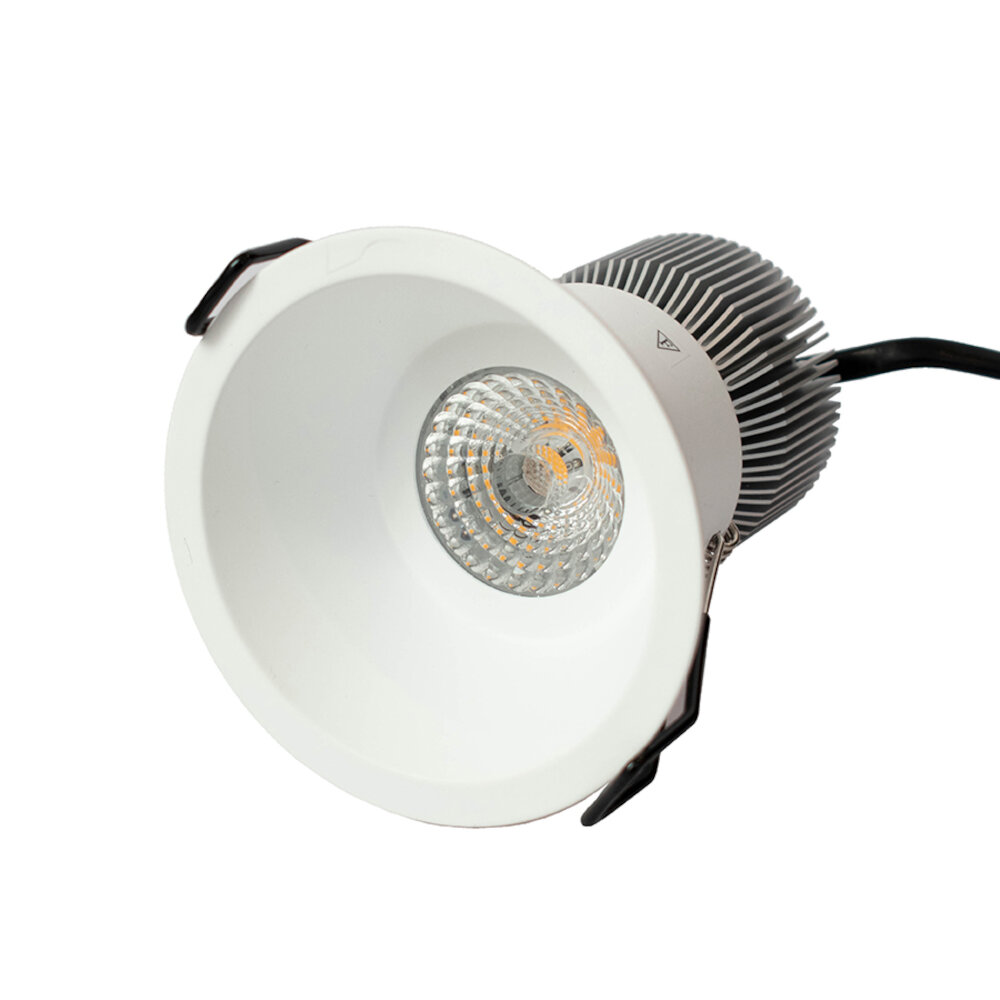
In conclusion, the cost of running LED lights is a fraction of the cost of running traditional incandescent lights. The initial investment in LED lights may be higher, but the long-term savings in energy consumption and replacement costs make it a worthwhile investment. Additionally, LED lights have a longer lifespan and are more environmentally friendly, making them a sustainable choice for illuminating your space. When considering the cost of lighting, it’s important to factor in the long-term benefits of LED lights and the positive impact they can have on both your wallet and the planet.

